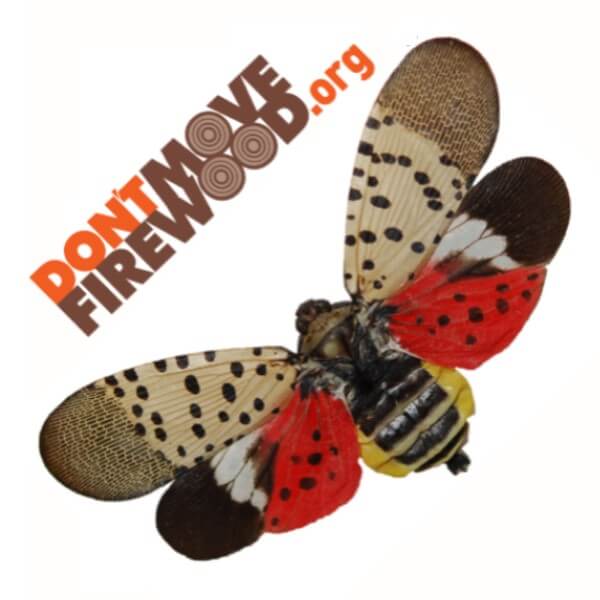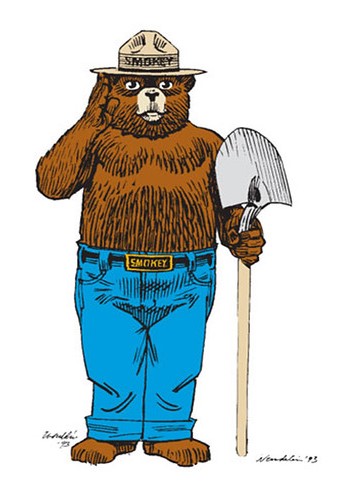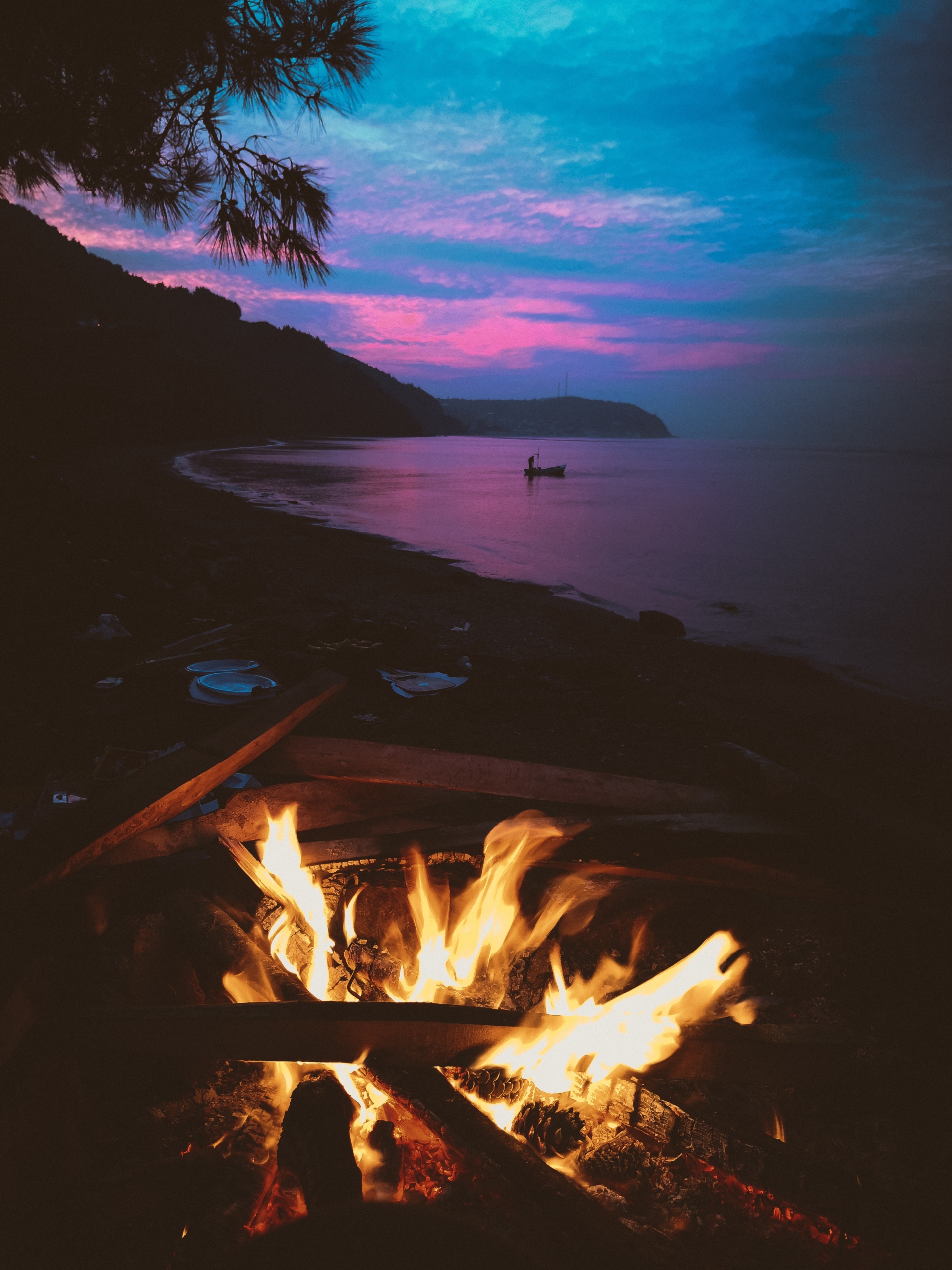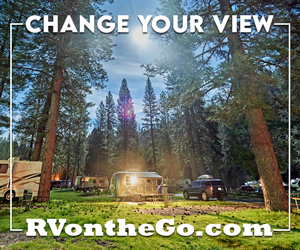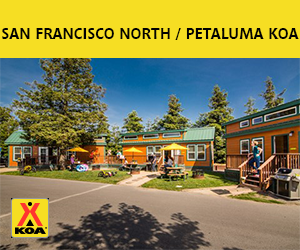Campfire Safety
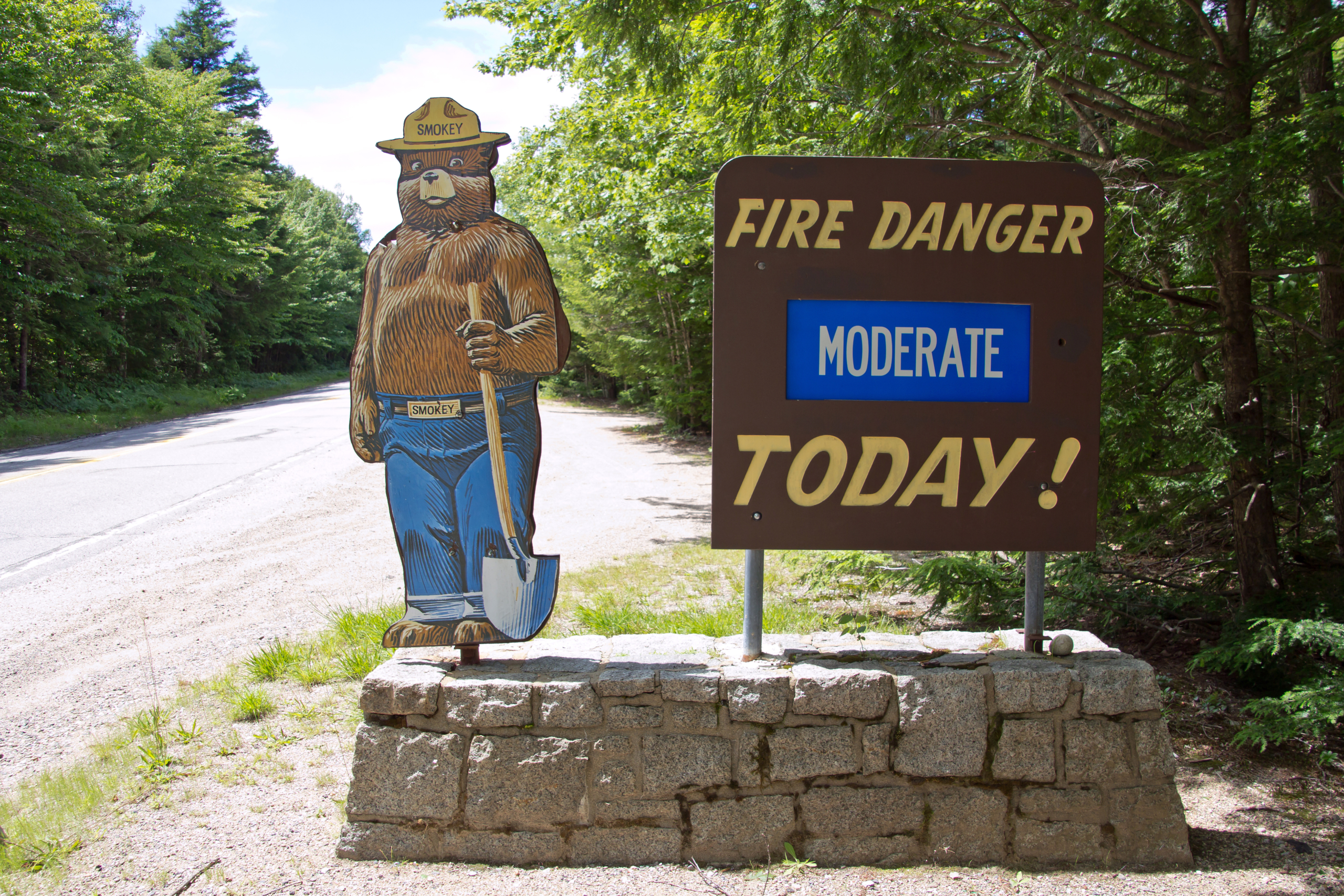
Building & Maintaining a Safe Campfire
In 2019, an overwhelming 89% of wildfires were caused by humans. Let’s fix that.
Campfires are one of the best and sometimes most important parts of camping. While some use campfires for songs, stories, and s’mores, hunters, hikers, and hardcore outdoorspeople may use fires as a source of warmth, cooking, and light.
Anyone in contact with a campfire should understand how to maintain one to help prevent the spread of wildfires. Follow these simple steps from the famous Smokey the Bear in order to keep others safe and allow campgrounds to continue permitting their guests to have campfires.
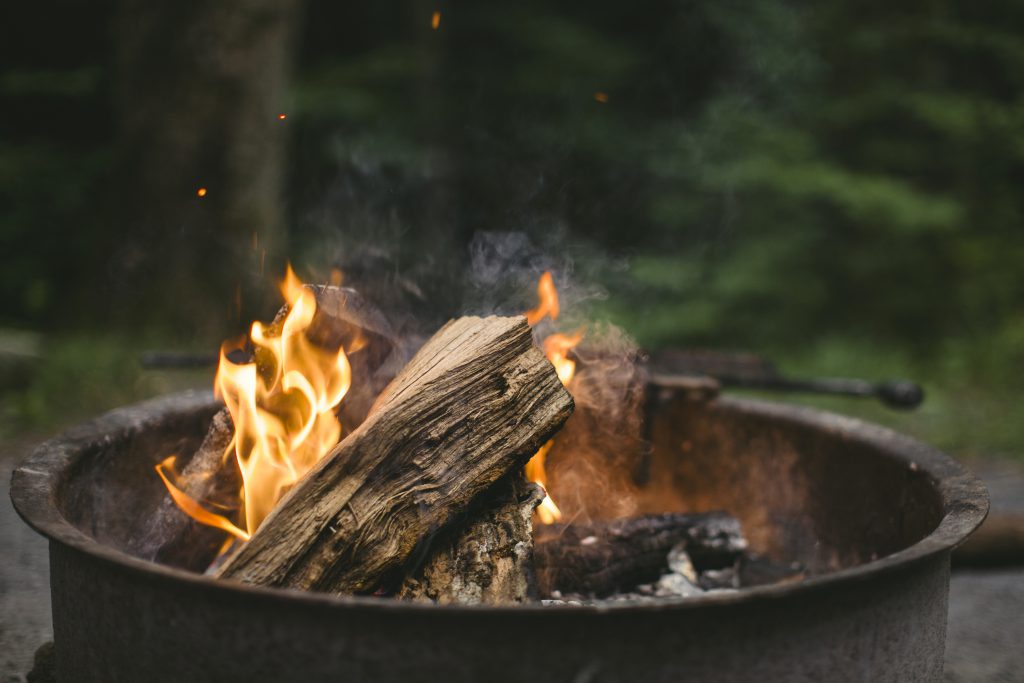
How to Pick & Prepare Your Campfire Spot
- Do not build a campfire if the campground or area you are in prohibits them. Always call before your trip to ensure campfires are permitted during your stay.
- Do not build campfires in hazardous, dry, or windy conditions.
- Find out if the campground has an existing fire ring or pit.
- If there is not an existing pit and campfires are allowed, choose an open and level space free of logs, brush, or dead leaves at least 15-feet from any tents, shrubs, trees, and other objects like hanging limbs.
- Clear all twigs, grass, leaves, and firewood from a 10-foot diameter around the fire.
- Dig a pit in the dirt, about 1-foot deep.
- Circle the pit with rocks.
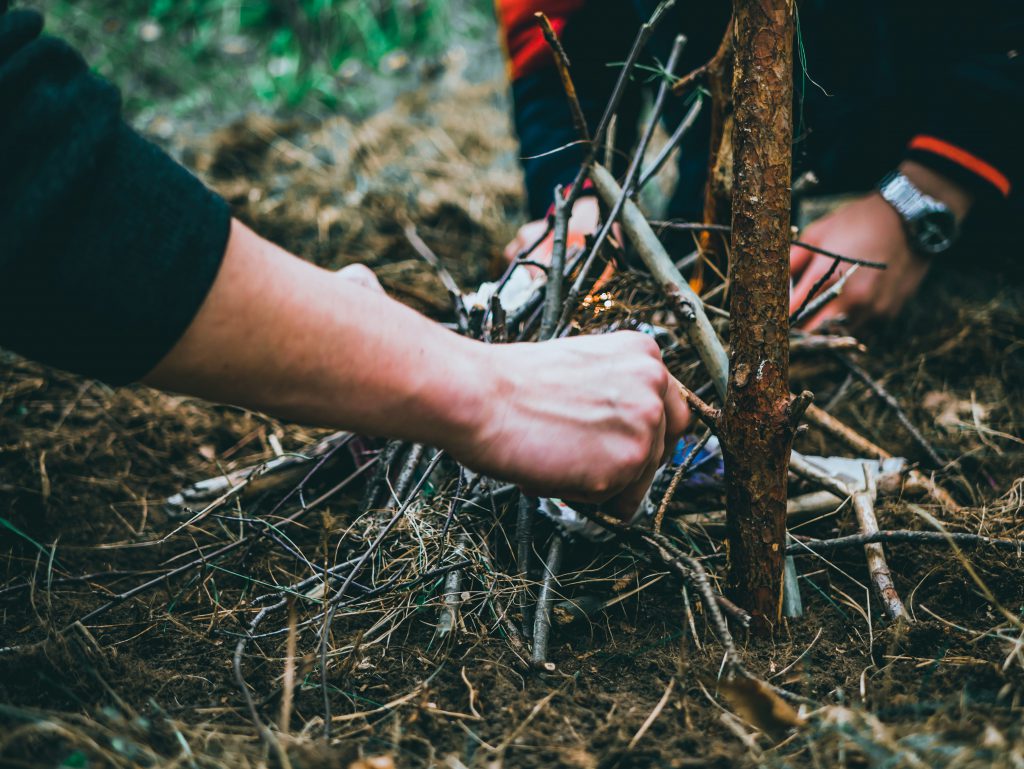
How to Build Your Campfire
- Make sure you have water, a bucket, and a shovel nearby at all times when managing a campfire.
- Gather three types of wood: tinder (small twigs, dry leaves, grass, needles, etc), kindling (sticks smaller than 1″ around), and fuel (large pieces of wood – keep these stacked and away from the fire.)
- Loosely pile your tinder in the middle of the fire pit.
- Add kindling in a teepee, lean-to, log cabin, or cross style (lean-to and teepee styles are the best for cooking, while log cabin and cross styles are great for hot, long-lasting fires.)
- Light the tinder with a match or lighter; do not use lighter fluid, gasoline, or any other highly flammable/pressurized substances.
- Add more tinder as the fire grows, and blow lightly at the base of the fire.
- Add kindling and fuel (your larger firewood) to keep the fire going.
- Keep the fire small and under control.
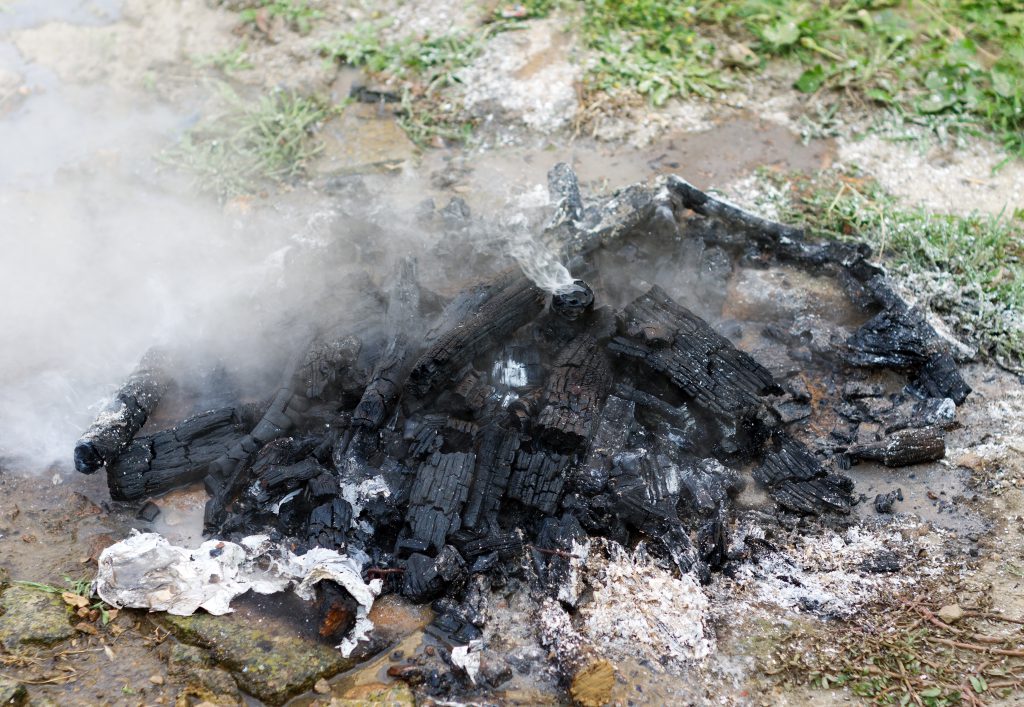
How to Maintain & Extinguish Your Campfire
- Never cut whole trees or branches, dead or alive. Live materials won’t burn, and dead standing trees are homes for birds, bugs, and other wildlife.
- Don’t bring firewood from another location.
- Make sure children and pets are supervised near the fire; never leave the fire unattended.
- When ready to extinguish the fire, allow the wood to burn completely to ash.
- Drown the fire with a generous amount of water, covering all embers, not just the red ones. Continue pouring until the sizzling sounds stop.
- If you do not have access to enough water, stir dirt or sand into the ashes and embers with a shovel to bury the fire.
- With your shovel, scrape remaining sticks and logs to remove any embers.
- Continue to water, dirt, and/or sand, and stir with a shovel until the entire pit is cool to the touch. If it is still hot, you’re not quite done.
- Whatever you packed in, pack out – shovels, buckets, paper tinder, trash, etc.





